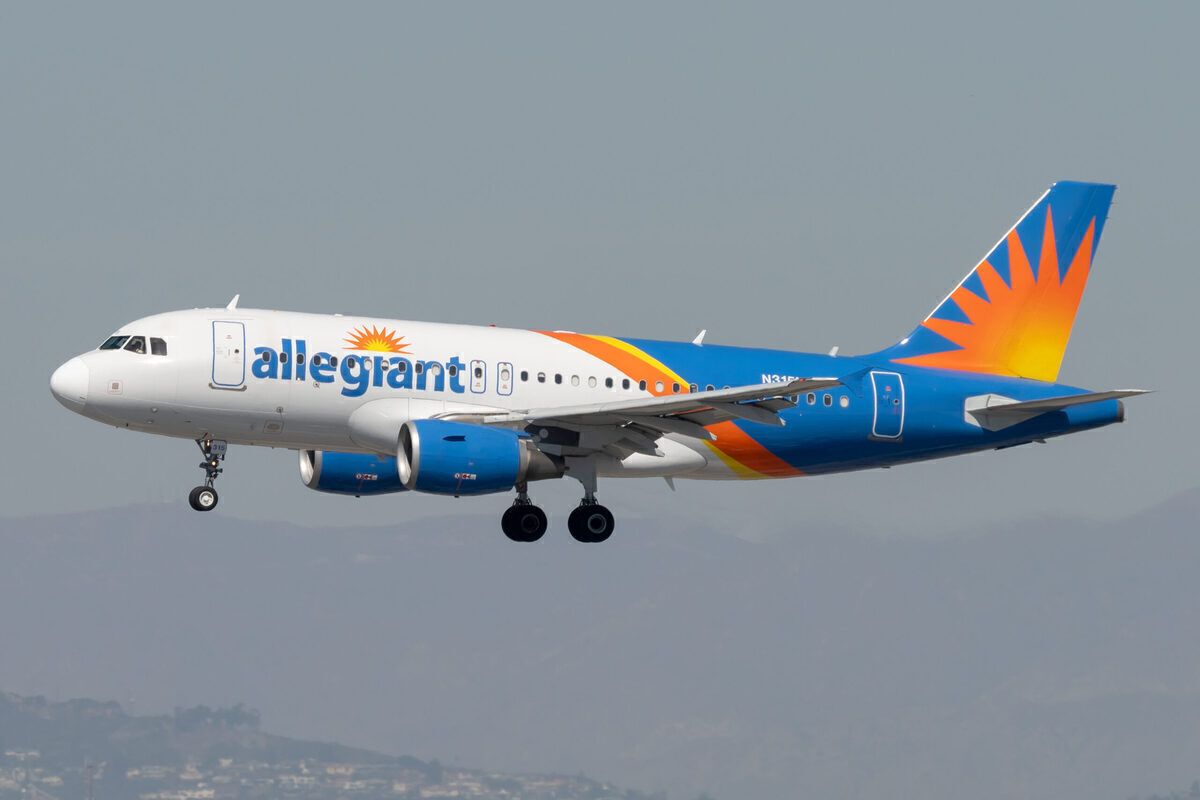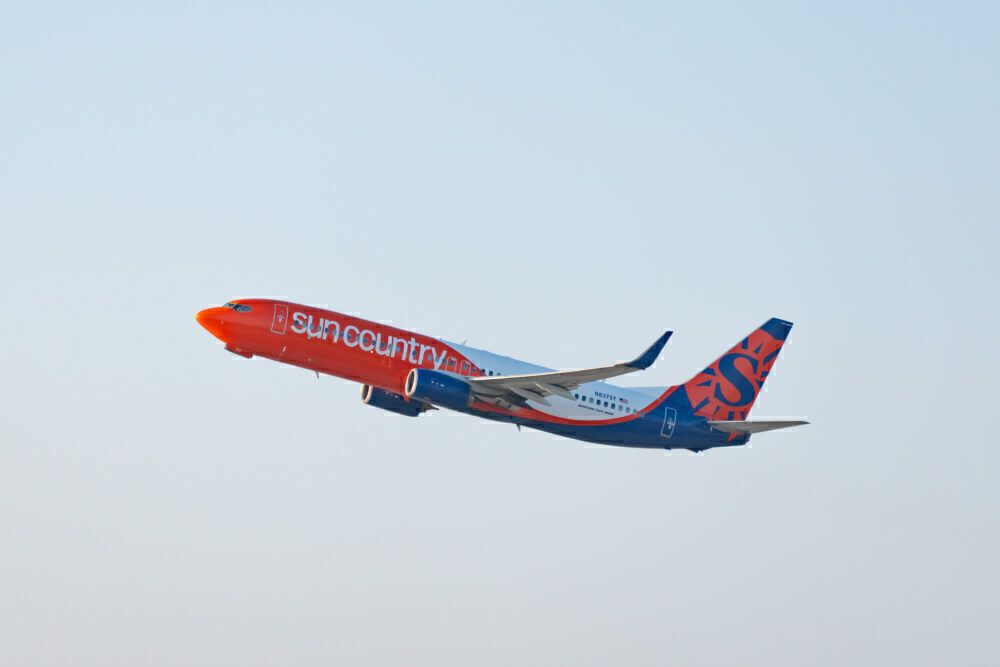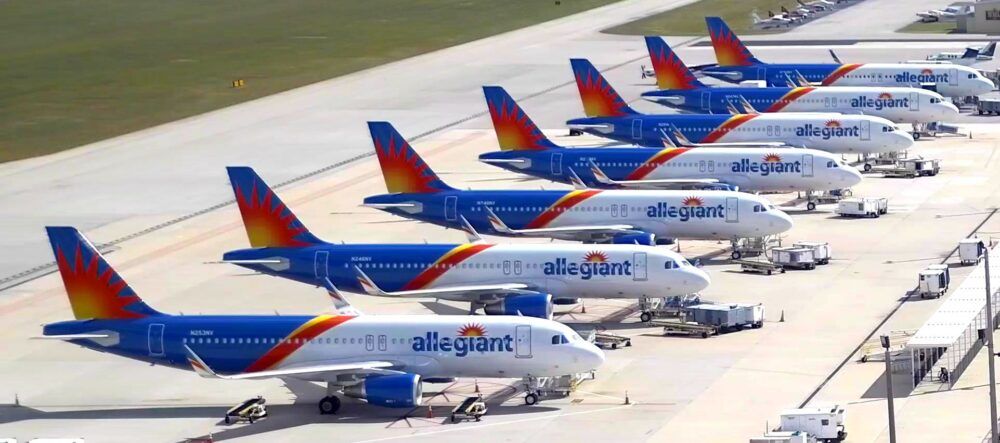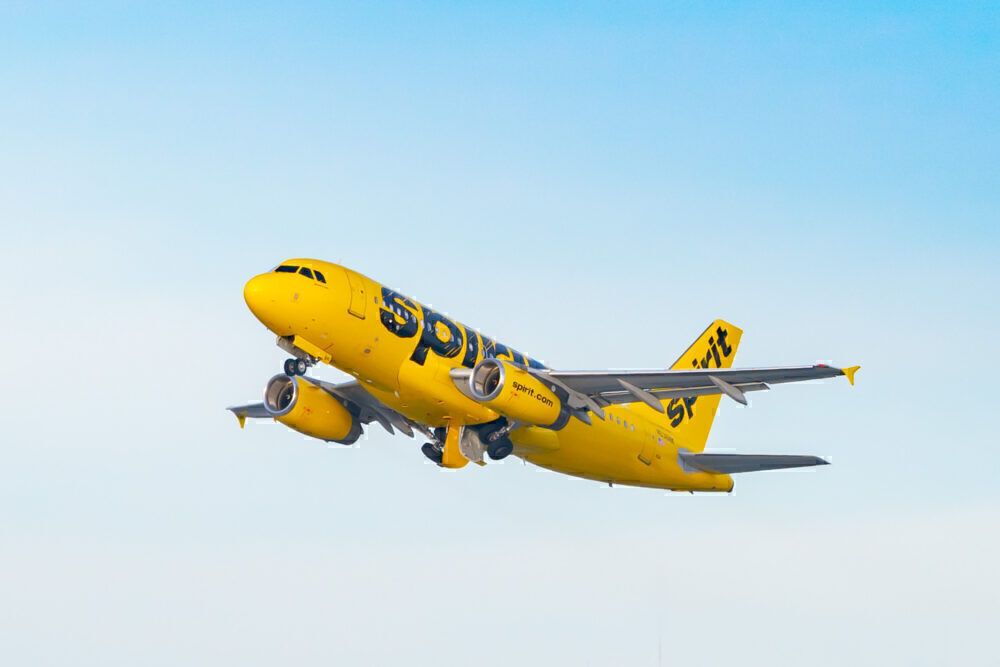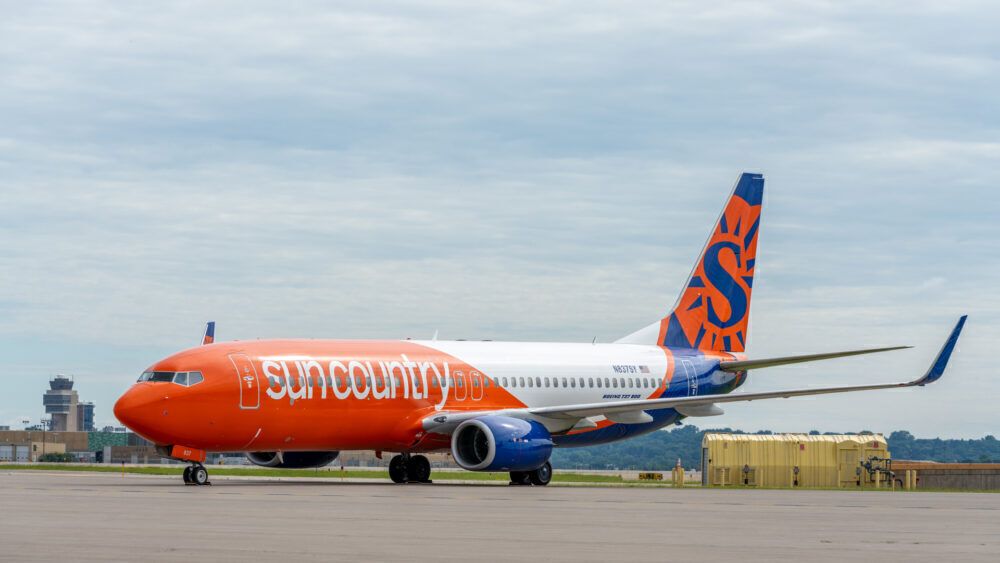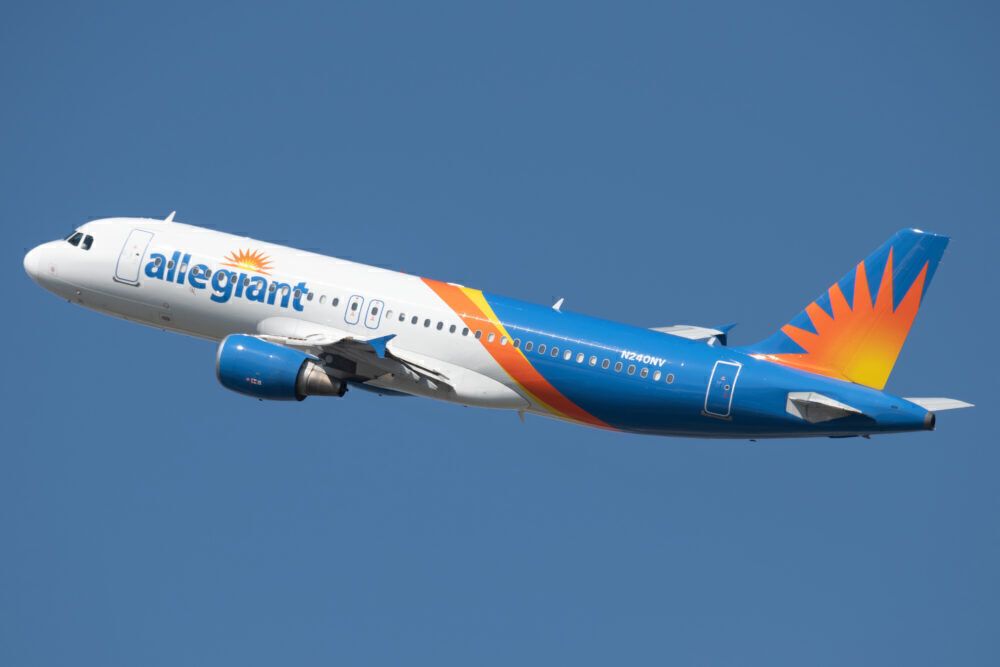Sun Country Airlines and Allegiant Air are both ultra-low-cost carriers (ULCCs). The two airlines operate on a similar, yet slightly different, model but appeal to mainly leisure customers. While other carriers focus on building back schedules and capacity or focus on reactivating parked planes, these two carriers are performing well, considering the state of the industry. They are now larger than they were in 2019, with plans to grow more in 2021. Here’s a look at what makes the two airlines successful.
Ultra-low-cost carriers
ULCCs are all based around the same set of principles. They aim to carry passengers at a low cost and offer low, no-frills fares. On ULCCs, passengers can expect to pay for nearly everything, including seat selection, carry-on and check-in baggage, food, changes, and more. Onboard the aircraft, these airlines typically offer lightweight and slimline products in an all-economy layout. Most will offer some extra-legroom rows passengers can select for an added cost.
From this point onwards, ULCCs start to differentiate in terms of their network and schedule. Sun Country and Allegiant operate in a similar vein. The two carriers run low aircraft utilization schedules on a point-to-point basis. Sun Country's current CEO, Jude Bricker, is actually a former Allegiant executive.
The low-utilization model
For example, ULCC competitor Spirit Airlines pre-crisis had an average aircraft utilization of nearly 12 hours per day. Allegiant has held its average utilization steady at roughly seven hours per day. Sun Country is flying its planes on average for less than seven hours per day, though it flew its planes around roughly eight hours of the day pre-crisis.
Both airlines also do highly seasonal flying, operating fewer flights in months like September while growing flying in the summer. As such, the airlines also try to enter airports that have less expensive real estate. This means flying to many secondary airports or other airports with flexible gates and counters for the airlines.
On the surface, it may appear that Allegiant and Sun Country will fly an aircraft to a couple of destinations each day and have them sit around for hours. However, that is not entirely the case. Sun Country and Allegiant instead schedule their flying around peak leisure travel days. In the first few weeks of 2020, Allegiant scheduled no commercial flights on Tuesdays.
Typically, Sun Country and Allegiant will fly many routes, but only a few times per week. The focus is on point-to-point travel. Allegiant does not even sell any connections. Sun Country will sell connections, but that is not the airline’s main goal with its network.
With competitive cost structures, each respective carrier’s threshold for profitability on a given route is much lower than some larger network peers. This makes it easier for the carriers to enter new markets with lower fares than the competition and reap positive financial results. On lower frequency routes, the airlines can also adjust pricing to be more dynamic for leisure travelers.
For example, instead of needing to discount Tuesday and Wednesday flights, which are traditionally off-peak leisure days in a standard week, the two carriers choose not to fly heavy Tuesday and Wednesday schedules where they would need to come in with some lower fares to stimulate demand.
Stay informed: Sign up for our daily and weekly aviation news digests.
Primed for the recovery
Allegiant and Sun Country are, in essence, primed for the recovery. With leisure customers coming back strong, airlines are flying around the weekends and peak holiday travel. This means fewer flights and lower capacity offered on Tuesdays and Wednesdays, with peak flying occurring on Thursdays, Fridays, Sundays, and Mondays. The exceptions are around holidays when the two airlines will adjust flying to meet higher demand.
Allegiant also will add some temporary flying, perhaps only for a week or two, to cater to special events. One such example is the airline's added flights to South Dakota around the Sturgis Motorcycle Rally.
Both of these ULCCs have years of experience running this style of operation, so the two carriers have already managed their costs to support profitability with a low utilization model. The two airlines were profitable in the first quarter of 2020 while some of their peers were not.
Sun Country, which is smaller than Allegiant in terms of route network and aircraft count, also benefits from its diversified business. The carrier is involved in both the charter and cargo business alongside its passenger operations. This means, on non-peak days, Sun Country can divert those human resources to flying other missions.
One of the key aspects of both airlines was that they prefer to own their older aircraft. This helps keep its costs down and, if an airline needs to park the planes, it can do so without needing to worry about paying burdensome leases on the aircraft. Taking on used aircraft is also cheaper, so when airlines do need to finance aircraft, the core amount of cash necessary is far lower than the cost of buying a new jet.
Also, when it comes to buying older aircraft, neither carrier has a large order backlog with a manufacturer. This means no large commitments for aircraft pre-delivery deposits or a need to restructure order books to defer aircraft. Essentially, the two airlines can be nimble with their fleets and alter their plans based upon the market and future outlook. It also means that crises can be opportunities.
Both Allegiant and Sun Country are also now looking to expand their fleets. Allegiant is planning on adding a total of eight new aircraft into passenger service by the end of the year – all of them Airbus A320 jets. Sun Country, meanwhile, flies primarily Boeing 737-800 aircraft and is actively looking to acquire more aircraft, including new jets, at the right price. The ultimate goal is to acquire aircraft at the lowest possible cost.
As airlines worldwide retire mid-life planes, both Sun Country and Allegiant are seeing attractive offers for jets that could lead the two airlines to grow their fleets and become larger players in the market. Having done the hard work of getting their business models primed for low-frequency, low-utilization operations, the two airlines just had to focus on riding out of the crisis and are now seizing on a rebound in leisure travel.
Are you a fan of either Sun Country or Allegiant? Do you like the low-frequency and low-utilization model? Let us know in the comments!

